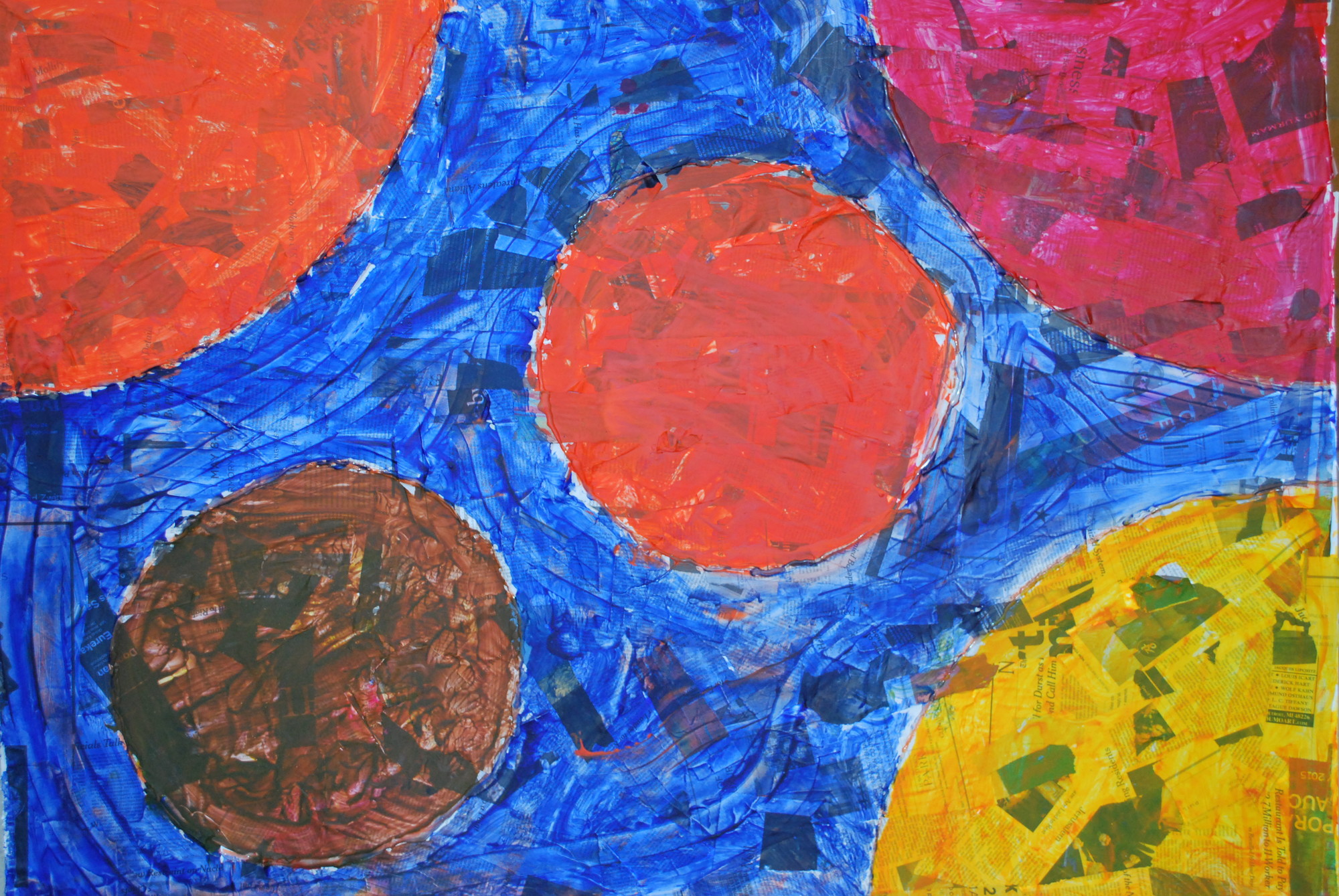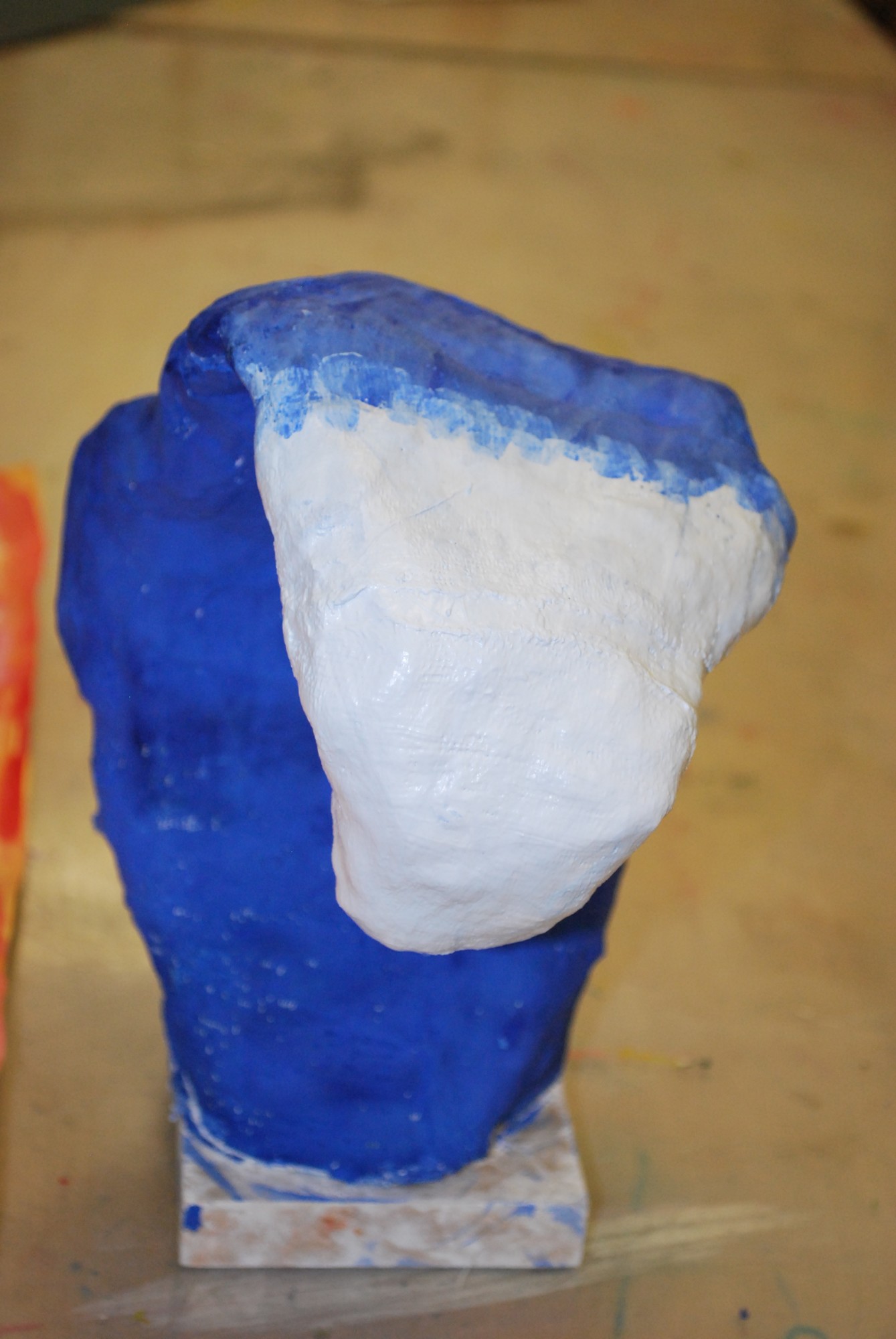Learning more than just the basics
Life Skills program is a collaborative endeavor
Much less self-contained than it was when established 25 years ago, the Lawrence School District’s Life Skills program is a joint effort that includes administrators, teachers, custodial and security staff, and parents.
In addition to providing the special-needs students with an academic program and teaching them money math, cooking and how to do laundry, Life Skills teachers, led by 30-year veteran Diane Ronan, have incorporated art and music into the program.
“When the program first started it was very self-contained and there were not many electives,” said Ronan, who has taught in Lawrence for 21 years. “About 19 years ago it was more vocational, then the state mandated more as part of a student’s IEP (individual educational plan).”
There are two classes of Life Skills students in the high school: 13-years old to 17 and 18-years-old to 21.
Under the direction of art teacher Dave Lichtenstein, the students take a class daily and work on projects ranging from paintings to sculpture. With students on the autism spectrum, he uses hands-on sensory-based projects that allow the students to use their senses to experience the project. With one student, Oliver Miller who is severely disabled and blind due to a pre-birth stroke, Lichtenstein attaches bells to the paint brushes for Miller to “feel” the paint strokes. To understand a wave of water, Miller sculpted and painted a wave.
“I deal with the students as individuals and their needs,” said Lichtenstein, a 12-year veteran of the Lawrence district. It’s more about the process and getting them to use their senses. That’s the fun part.”
This school year, music teacher Alan Katz, who has taught special-needs students throughout his 29-year career, helped the Life Skills students augmented by general education students form Life Rhythms, a percussion group that performed on Long Island and at Epcot Center at Disney World on the school district’s March trip. “The kids have input,” Katz said. “We started with traditional beats, then there were variations. I would leave the room and the kids would come up with something.”

 68.0°,
Fog/Mist
68.0°,
Fog/Mist 







